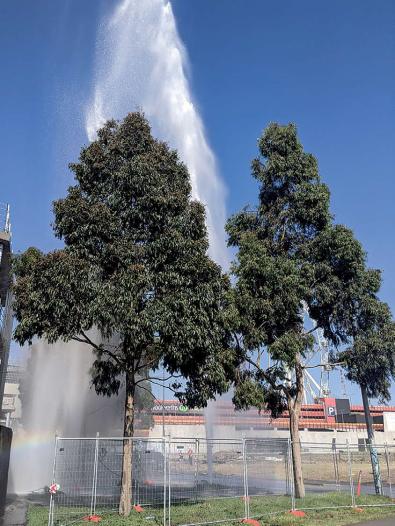A network of tiny corrosion detection devices is helping field staff save time and reduce safety risks, while helping the EPA monitor pollution. Read this case study to learn more.
Sustainable Development Goals:
Goal 6: Clean water and sanitation
Goal 9: Industry, innovation and infrastructure
Background
Melbourne Water manages a large network of water transfer pipes, with a combined length of almost 1,100 kilometres. This network supplies water to the Greater Melbourne area, so it’s vital to know where corrosion is occurring to avoid water main leaks and spectacular breaks.
Research focus
Traditionally, pipe inspections have been carried out manually. But we’ve been trialling a new matchbox-sized piece of technology, developed through a collaboration between Melbourne Water, the Environmental Protection Authority Victoria (EPA) and Green Technology Services, to identify where corrosion is occurring.
The devices alert our staff when action is needed, making them potentially more time efficient as well as improving field staff safety by reducing time spent on pipeline inspections.
Outcomes
Around 200 of these devices are being installed in special corrosion protection stations positioned alongside transfer pipelines.
These unique pieces of technology also include an air particle counter, meaning they can detect the presence of smoke – from bushfires, for example. Air-pollution data collected from these devices is sent to the EPA, which is responsible for ensuring air quality in Melbourne does not cause health issues.
You may also like...
Delivering on the Sustainable Development Goals
This report outlines Melbourne Water's unwavering commitment to advancing sustainability through the United Nations Sustainable Development Goals (SDGs).




